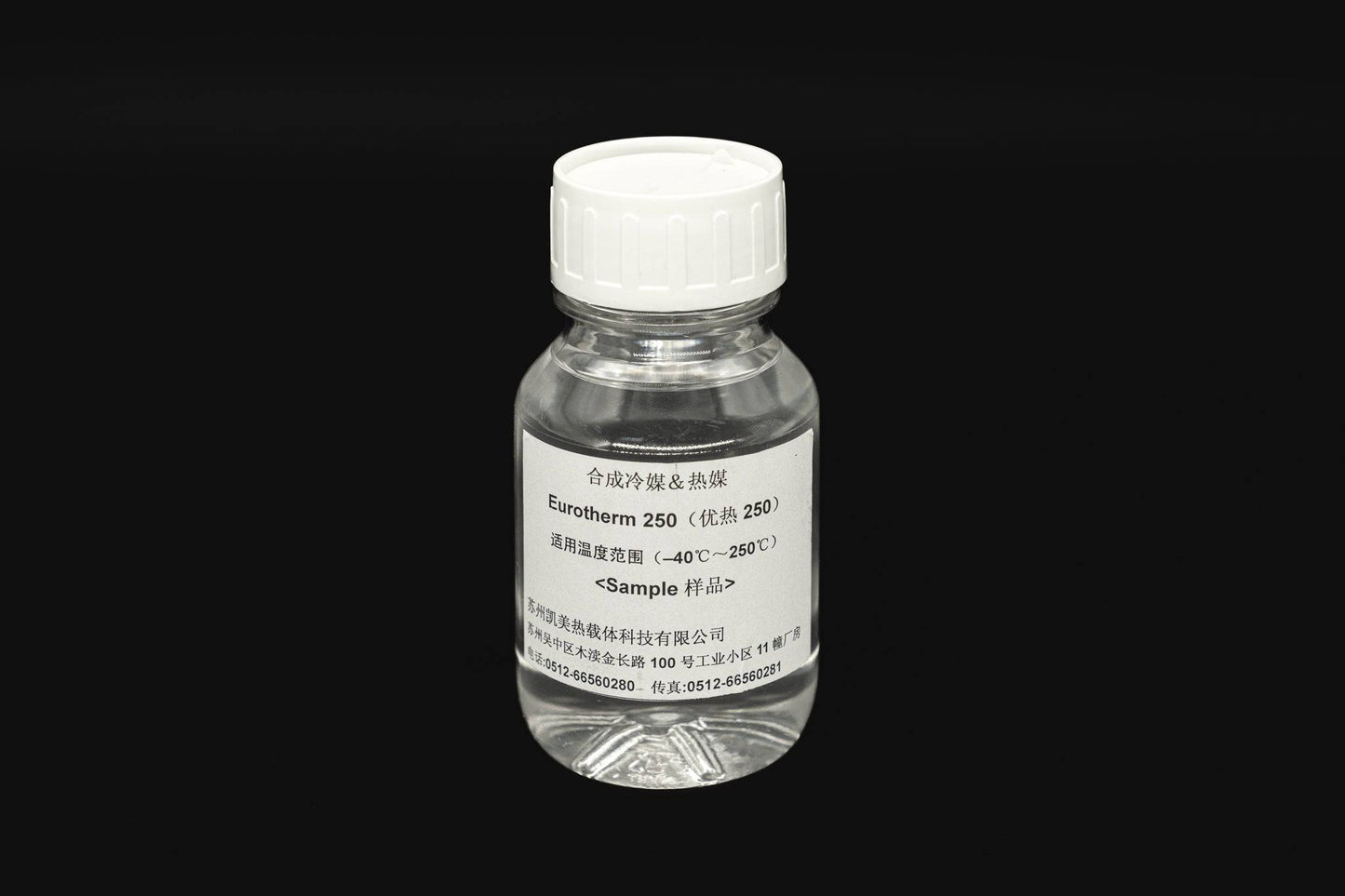Facts About Chemie Revealed
Facts About Chemie Revealed
Blog Article
What Does Chemie Do?
Table of ContentsHow Chemie can Save You Time, Stress, and Money.Getting My Chemie To Work10 Simple Techniques For ChemieChemie for DummiesIndicators on Chemie You Should KnowSome Ideas on Chemie You Should Know
By Bojanna Shantheyanda, Sreya Dutta, Kevin Coscia and David SchiemerDynalene, Inc. Liquid air conditioning, which can be achieved using indirect or straight methods, is used in electronics applications having thermal power thickness that might surpass secure dissipation through air cooling. Indirect fluid cooling is where warmth dissipating electronic parts are literally separated from the fluid coolant, whereas in instance of direct cooling, the parts are in direct call with the coolant.In indirect cooling applications the electric conductivity can be crucial if there are leakages and/or splilling of the fluids onto the electronics. In the indirect air conditioning applications where water based liquids with rust preventions are usually utilized, the electric conductivity of the liquid coolant mostly relies on the ion concentration in the fluid stream.
The boost in the ion concentration in a closed loop fluid stream may happen due to ion leaching from metals and nonmetal components that the coolant fluid touches with. During procedure, the electrical conductivity of the fluid might enhance to a level which might be unsafe for the air conditioning system.
The 20-Second Trick For Chemie
(https://canvas.instructure.com/eportfolios/3458114/home/revolutionizing-cooling-solutions-with-dielectric-coolant-and-more)They are bead like polymers that can exchanging ions with ions in a service that it is in call with. In the existing job, ion leaching examinations were carried out with numerous steels and polymers in both ultrapure deionized (DI) water, i.e. water which is treated to the highest degree of purity, and reduced electrical conductive ethylene glycol/water blend, with the gauged change in conductivity reported with time.
The examples were permitted to equilibrate at space temperature level for 2 days before taping the preliminary electrical conductivity. In all examinations reported in this research study fluid electric conductivity was measured to an accuracy of 1% utilizing an Oakton disadvantage 510/CON 6 series meter which was calibrated before each dimension.
Things about Chemie
from the wall surface heating coils to the center of the heater. The PTFE example containers were placed in the furnace when stable state temperatures were gotten to. The examination configuration was eliminated from the heating system every 168 hours (seven days), cooled to space temperature level with the electric conductivity of the fluid gauged.
The electric conductivity of the fluid example was checked for an overall of 5000 hours (208 days). Schematic of the indirect closed loophole cooling experiment set up. Parts used in the indirect shut loop cooling experiment that are in contact with the fluid coolant.

Things about Chemie
The modification in liquid electric conductivity was kept an eye on for 136 hours. The fluid from the system was collected and saved.

0.1 g of Dowex resin was included to 100g of fluid samples that was absorbed a separate container. The mixture was mixed and transform in the electrical conductivity at area temperature was measured every hour. The measured modification in the electric conductivity of the UP-H2O and EG-LC test liquids consisting of polymer or steel when immersed for 5,000 hours at 80C is shown Number 3.
Chemie - An Overview
Figure 3. Ion seeping experiment: Calculated change in electric conductivity of water and EG-LC coolants consisting of either polymer or metal samples when immersed for 5,000 hours at 80C. The results suggest that steels contributed less ions into the liquids than plastics in both important site UP-H2O and EG-LC based coolants. This could be due to a thin steel oxide layer which might act as an obstacle to ion leaching and cationic diffusion.
Fluids containing polypropylene and HDPE displayed the most affordable electrical conductivity adjustments. This might be as a result of the short, stiff, direct chains which are much less most likely to add ions than longer branched chains with weak intermolecular forces. Silicone additionally executed well in both test liquids, as polysiloxanes are generally chemically inert due to the high bond energy of the silicon-oxygen bond which would certainly avoid degradation of the material into the liquid.
Chemie Things To Know Before You Buy
It would be expected that PVC would produce comparable results to those of PTFE and HDPE based upon the similar chemical frameworks of the materials, however there may be other contaminations present in the PVC, such as plasticizers, that might influence the electrical conductivity of the liquid - immersion cooling liquid. Furthermore, chloride teams in PVC can also seep right into the examination fluid and can cause a rise in electric conductivity
Polyurethane entirely broke down into the test fluid by the end of 5000 hour test. Before and after pictures of metal and polymer samples immersed for 5,000 hours at 80C in the ion seeping experiment.
Measured modification in the electrical conductivity of UP-H2O coolant as a feature of time with and without material cartridge in the closed indirect air conditioning loop experiment. The determined modification in electric conductivity of the UP-H2O for 136 hours with and without ion exchange resin in the loophole is displayed in Figure 5.
Report this page